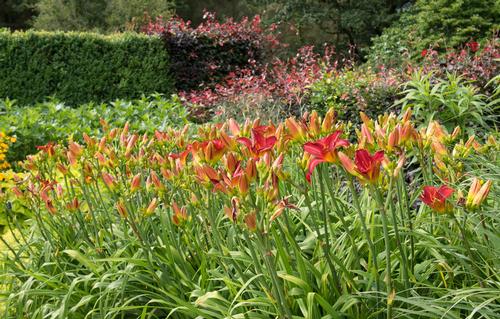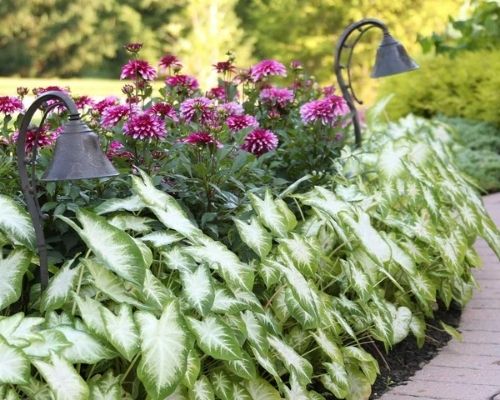The Basics of Plant Propagation
Gardening has few hard and fast rules. Though this ensures things never gets boring, it also makes it nearly impossible to get a simple answer to any question. There are usually several ways to get to the same result, and this is especially true when it comes to plant propagation.
Let’s say you want to grow some dahlias. Should you buy seeds, tubers or plants? Well, it depends. Most gardeners plant dahlias as tubers. This could be a clump of tubers that was formed by a plant last summer, or individual tubers divided from a larger clump. Though not as commonly available, you can also purchase dahlias as rooted cuttings. These are taken as sprouts from a clump of tubers. All of these approaches ensure that the new plant will be genetically identical to the one from last summer.
If you aren’t particular about what your dahlias will look like, you can also grow them from seed. When dahlias are in bloom, they get cross-pollinated by bees, and those seeds produce a wide range of different flower styles and colors. Yet another option is to purchase your dahlias as potted plants. Just be sure to ask if they were grown from tubers, cuttings or seed!

How about planting peonies? Only plant hybridizers would ever grow them from seed. Gardeners need to purchase them as potted plants or as root divisions. Sweet peas? They are always grown from seed because the young plants hate being transplanted. Coleus can also be grown from seed, though if you want a hybridized variety like ‘Fishnet Stockings’ or ‘Sedona’, you need to purchase young plants that were grown from cuttings.
The point is, don’t feel bad about being confused. There’s no easy way to determine whether you should be growing a plant from seeds, bulbs, tubers, corms, young seedlings, rooted cuttings or bareroot divisions. With experience (and some research) you will come to know what works best. In the meantime, here are some commonly grown flowers and recommendations for the best ways to plant them.
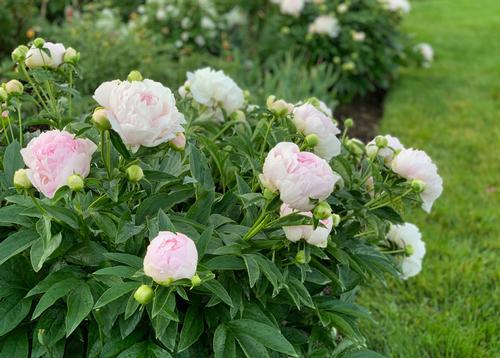
ANNUALS
Annuals to Plant Directly into the Ground. Many annual flowers can be grown from seeds that are planted into the ground in spring. Some of these may also be available as seedlings at your local nursery. Planting seeds yourself is usually less expensive, and you sometimes get better results when the plants are started right where they will be grown.
Annuals that perform best when sown directly into the ground in spring include zinnias, marigolds, sunflowers, cosmos, poppies, bachelor buttons, ammi majus, larkspur, nigella, nasturtiums, calendulas and sweet peas.
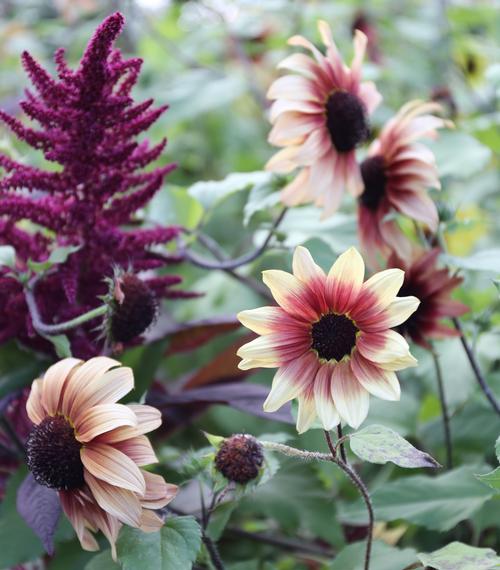
Annuals to Grow from Seed Indoors Under Lights or in a Greenhouse. There are other annuals that can be grown from seed but are usually not planted directly into the garden. The seeds may be too small or they may have special germination requirements for temperature, moisture and light. Some seeds grow so slowly that they require a head start indoors. Starting these flowers from seed is not difficult, but you need the proper equipment to be successful. If you don’t want to grow your own plants from seed, nurseries and garden centers offer these as seedlings in the spring.
Annuals that can be grown from seed indoors include snapdragons, petunias, celosia, nicotiana, alyssum, cleome, asters, verbena, ageretum, impatiens, amaranth, seed begonias, seed geraniums, coleus, pansies, lisianthus, feverfew, violas and annual phlox.
Note: if the plant you are trying to grow is a hybrid, you’ll need to purchase the seeds fresh each year. Unlike seeds that you save yourself, hybrid seeds are produced under controlled conditions to avoid cross pollination.
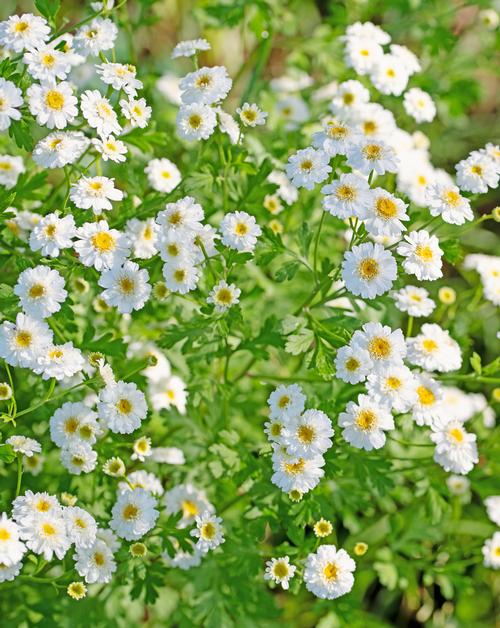
Annuals to Grow from Cuttings or to Purchase as Plants. Some annuals are always grown from cuttings. They may be too difficult to grow from seed, or the variety may be patented and can only be propagated by licensed growers.
If you overwinter one of these plants, such as a geranium, you may be able to make your own cuttings. But most gardeners purchase these annuals in the spring as young plants. Examples include angelonia, calibrachoa, euphorbia, fuchsia, gaura, mums, named coleus varieties, plectranthus, supertunias, sweet potato vine, and zonal geraniums.
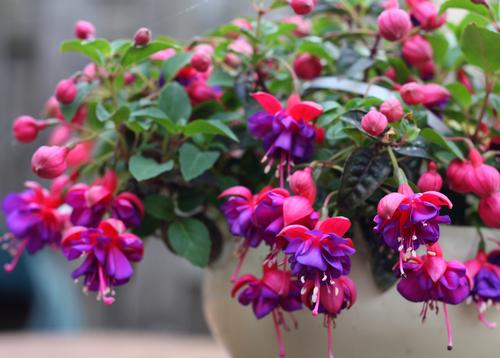
BIENNIALS
Biennials are plants that have a 2-year growth cycle. During the first year, the seeds sprout and grow into small plants. The second year, the plants flower, set seeds and die.
Once biennials get established in your garden, they act like perennials because you usually wind up having both 1-year and 2-year plants growing at the same time. The best way to get most of these plants started is to sow the seeds directly into the ground in late fall or early spring. You'll need to learn how to identify the first-year plants so you don’t accidently weed them out. Examples of biennial flowers include hollyhocks, foxgloves, lupine and sweet William.
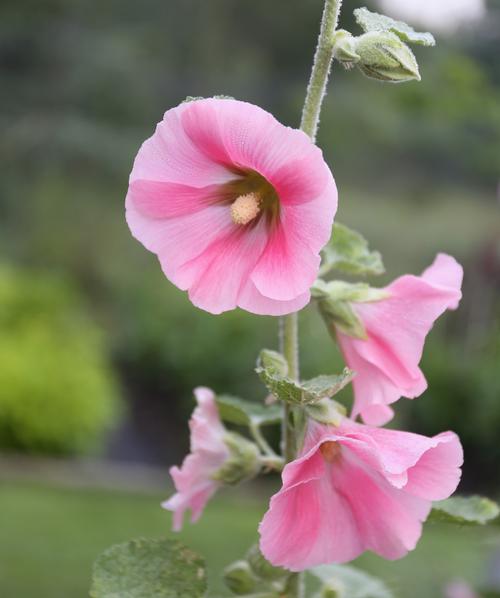
TUBERS, CORMS, RHIZOMES AND BULBS
Some plants form underground tubers, tuberous roots, corms, rhizomes or bulbs. The best way to grow these plants is to divide off part of the root or take some of the bulbs. If the plant is winter hardy in your area, you can dig and divide it in late fall or early spring. Plants that are not winter hardy need to be stored indoors or be purchased each spring and treated as annuals.
Examples include acidanthera, alocasia, anemone, caladium, calla, canna, colocasia, crocosmia, crocus, daffodils, dahlias, eucomis, freesia, gladiolus, hyacinths, iris, lilies, ranunculus, tulips
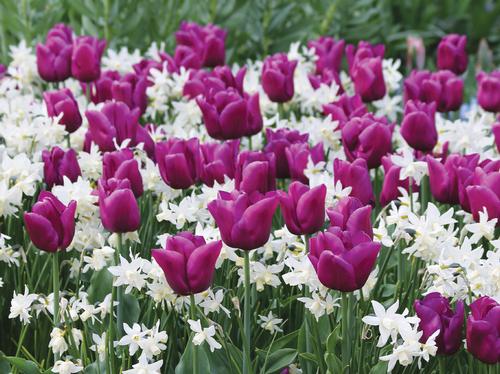
PERENNIALS
Most perennials are purchased as potted plants from a nursery or garden center. These may have been grown from rooted cuttings or divisions from mature plants. Some perennials are available as dormant, bare root plants. This is often a relatively inexpensive purchase option, especially when ordering by mail.
Many perennials can also be grown from seed. Most grow more slowly than annuals, so they are usually started under grow lights or in a greenhouse. Seed-grown perennials rarely flower the first year.

Perennials to Purchase as Potted Plants: achillea, agastache, ajuga, aquilegia, aster, astilbe, astrantia, baptisia, brunnera, campanula, candytuft, centranthus, cimicifuga, clematis, coneflower, coreopsis, cranesbill, daylily, delphinium, dianthus, dicentra, echinops, eryngium, eupatorium, euphorbia, gaillardia, geum, helenium, hellebore, heuchera, hosta, lamium, lavender, lobelia, monarda, mum, nepeta, Oriental poppy, ornamental grass, peony, perovskia, phlox (perennial), platycodon, primrose, rudbeckia, salvia, sedum, Shasta daisy, verbascum, veronica
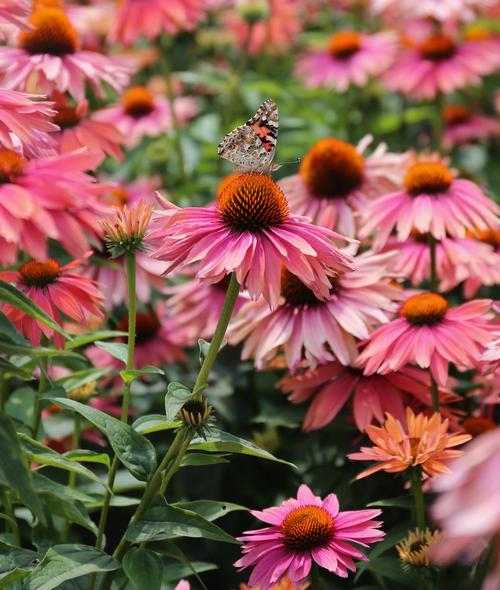
Perennials Sometimes Also Available as Bare Root Plants: ajuga, astilbe, coneflower, cranesbill, daylily, dianthus, dicentra, echinops, helenium, hosta, lobelia, monarda, mum, nepeta, nepeta, oriental poppy, ornamental grass, peony, phlox (perennial)
Perennials That Can Also Be Grow from Seed: achillea, agastache, aquilegia, delphinium, gaillardia, hellebore, iberis, primrose, rudbeckia
